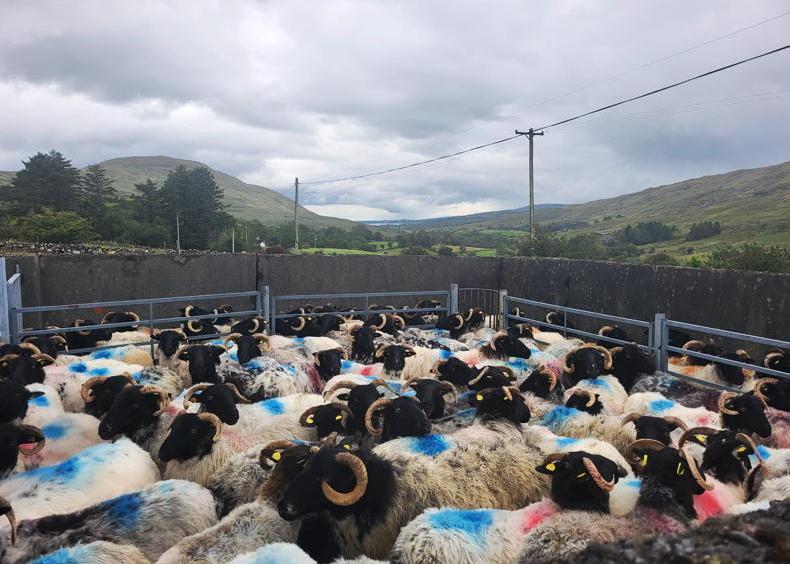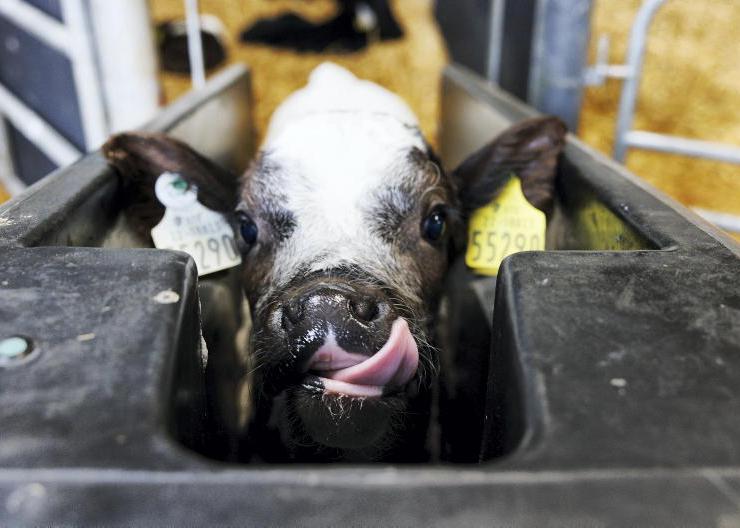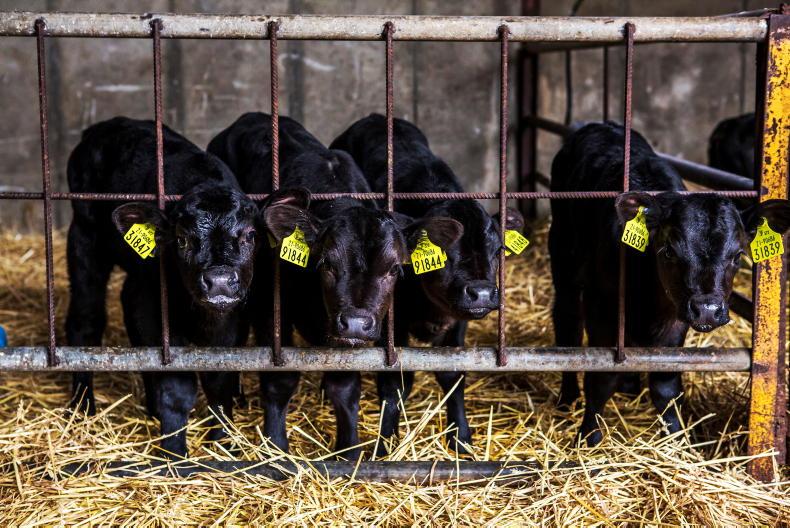The introduction of mandatory electronic identification from 1 July 2022 is an additional cost that farmers will have to cover, taking into account that the initial increased cost of tagging will be subsidised to varying degrees.
The cost can hopefully be exploited in promoting potential efficiency gains for at least some farmers.
We have seen a growing trend towards electronic identification in dairy herds in recent years, with sales of electronic tags multiplying rapidly in just a few years and now exceeding 400,000 tags per year.
This comes on the back of larger herds utilising efficiency gains and using electronic identification for everyday tasks such as individual cow identification in milking parlours, automatic drafting gates, calf feeders, etc. 
New technologies are advancing at a fast pace with new breeding technologies and health programmes also utilising individual animal identification, be it electronic ear tags or collars.
This week John Crowe looks at the important things farmers need to do to prepare their farm for a busy calving season and to set their farm up to capitalise on performance-recording.
The next advancement in terms of tagging that appears to be coming down the tracks is DNA registration of calves. This would deliver advantages in identifying parentage and providing additional information on breeding potential.
It would benefit the trade of dairy-beef calves with farmers having more oversight into the type of animal they are purchasing. Adam Woods details proposals here for a pilot DNA registration programme which will operate in 2022.
The equine industry is also witnessing a significant milestone this year with the introduction of the first equine census.
Anything that promotes enhanced animal welfare and greater traceability can only be welcomed as a good initiative.
A period of leniency to allow genuine farmers who were previously unaware of the rules to get their premises registered and animal passports up to date would be helpful in this regard.
The conditions of the census are covered here.
The introduction of mandatory electronic identification from 1 July 2022 is an additional cost that farmers will have to cover, taking into account that the initial increased cost of tagging will be subsidised to varying degrees.
The cost can hopefully be exploited in promoting potential efficiency gains for at least some farmers.
We have seen a growing trend towards electronic identification in dairy herds in recent years, with sales of electronic tags multiplying rapidly in just a few years and now exceeding 400,000 tags per year.
This comes on the back of larger herds utilising efficiency gains and using electronic identification for everyday tasks such as individual cow identification in milking parlours, automatic drafting gates, calf feeders, etc. 
New technologies are advancing at a fast pace with new breeding technologies and health programmes also utilising individual animal identification, be it electronic ear tags or collars.
This week John Crowe looks at the important things farmers need to do to prepare their farm for a busy calving season and to set their farm up to capitalise on performance-recording.
The next advancement in terms of tagging that appears to be coming down the tracks is DNA registration of calves. This would deliver advantages in identifying parentage and providing additional information on breeding potential.
It would benefit the trade of dairy-beef calves with farmers having more oversight into the type of animal they are purchasing. Adam Woods details proposals here for a pilot DNA registration programme which will operate in 2022.
The equine industry is also witnessing a significant milestone this year with the introduction of the first equine census.
Anything that promotes enhanced animal welfare and greater traceability can only be welcomed as a good initiative.
A period of leniency to allow genuine farmers who were previously unaware of the rules to get their premises registered and animal passports up to date would be helpful in this regard.
The conditions of the census are covered here.











SHARING OPTIONS